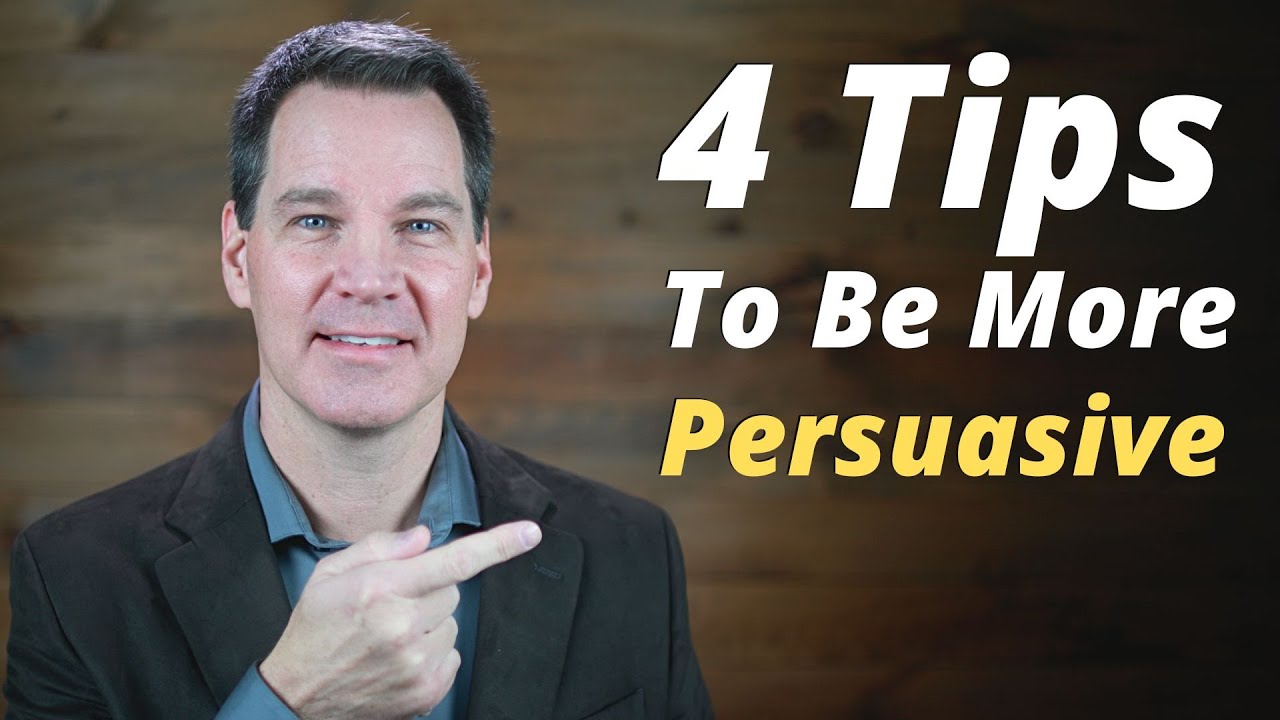In today’s fast-paced world, persuasive speaking stands as a vital skill for anyone looking to influence opinions, motivate action, or create change. Mastering the art of persuasive speaking isn’t just about sharing information; it’s about telling stories, evoking emotions, and building connections. It requires an understanding of your audience’s needs and desires, aligning your message in a way that resonates deeply. Whether you’re an aspiring speaker or a seasoned professional, elevating your persuasive speaking skills is key to captivating your audience and leaving a lasting impact.

Understanding Persuasive Speaking
Persuasive speaking goes beyond simple communication; it’s an art form that melds emotional resonance with factual information. In a world saturated with noise and distraction, mastering persuasive speaking can set you apart. It enables you to connect authentically with your audience, motivating them to act. Certain elements, like storytelling, empathy, and data, can significantly enhance how you deliver your message.
For instance, consider the storytelling power of Nicolas Winding Refn, a filmmaker who captivates audiences with his visual narratives. While you may not be in the film industry, harnessing this technique is transferable to any speaking scenario. By understanding your audience’s interests and pain points, you can craft a message that feels personal and relatable.
Remember, effective persuasive speaking isn’t just about what you say; it’s also about how you say it. The energy you bring, your body language, and even your tone can all significantly affect your audience’s willingness to listen and respond. The goal is to build an authentic connection while inspiring your audience to not just think differently, but to take action.

Top 7 Persuasive Speaking Techniques to Captivate Your Audience
To truly engage and persuade your audience, consider implementing these seven powerful techniques:

1. Engage with Storytelling
Storytelling is your secret weapon. It serves as a bridge that connects speaker and audience. Stories foster emotional connections, making complex ideas relatable. For instance, in her TED Talk, “Your Body Language May Shape Who You Are,” Amy Cuddy shares a personal journey of overcoming self-doubt. Her narrative captivates audiences because it’s relatable and impactful.
2. Utilize the Power of Data
Data adds credibility to your argument. Simon Sinek is a master at this; he brilliantly complements his ideas with statistics in “Start With Why.” By incorporating research, he builds trust and persuades his audience to dig deeper into successful leadership motivations.
3. Build Rapport through Empathy
Empathy is essential. Understanding your audience’s feelings allows for a stronger connection. Brené Brown’s talks resonate because she emphasizes vulnerability, creating an atmosphere where listeners feel acknowledged and understood. This helps amplify her persuasive power.
4. Leverage the Principle of Reciprocity
The principle of reciprocity suggests that giving something valuable makes others feel compelled to give back. Marie Forleo exemplifies this by regularly offering complimentary resources, building goodwill that results in her audience investing in paid courses.
5. Employ Visual Storytelling
Visual aids bolster your persuasive ability. Look at speakers like David JP Phillips, who uses engaging visuals to support his messages. Transforming abstract concepts into tangible visual representations makes arguments more compelling and memorable.
6. Create a Strong Call to Action
A clear call to action can inspire real change. Mel Robbins concludes her talks by outlining actionable steps for her audience to enact change. This leaves listeners with a path forward, ensuring her message lingers long after she finishes.
7. Master Nonverbal Communication
Body language and tone are game changers in persuasive speaking. Barack Obama exemplifies this through purposeful gestures and vocal modulation that underscore key points. Refining your nonverbal skills can dramatically enhance how your message is received and acted upon.

Innovative Approaches to Enhance Your Persuasive Speaking
Incorporating these techniques requires innovation. It’s not just about understanding them; it’s how you creatively present them. For instance, consider blending storytelling with hard data or utilizing technology for visual storytelling. In 2026, virtual and augmented reality tools offer novel ways to engage audiences, immersing them in your narrative for a more transformative experience.
Interactive elements—like live polling or Q&A sessions—create an immediate feedback loop, making audiences feel involved in the conversation. This significantly increases engagement and deepens the connection between you and your listeners.
Continuous evolution is essential. Each speaking engagement serves as an experiment. Try new methods to captivate your audience while refining your unique style. By blending age-old principles of persuasive speaking with modern techniques, you can truly influence and inspire. Remember, authenticity and connection form the backbone of persuasive speaking, creating moments that your audience will carry well beyond your presentation.
In conclusion, mastering persuasive speaking equips you with the tools to not only inform but also transform minds. By integrating storytelling, data, empathy, reciprocity, and innovative techniques, you can leave a lasting impression. Take control of your speaking career, embrace these strategies, and watch your influence soar in the business world. Be like Cody Horn; share your vision, engage your audience, and turn your words into action. If you’re eager to refine your skills, explore resources on audience engagement and speaking practice to further enhance your persuasive speaking prowess in the vibrant landscape of virtual Events. Don’t hold back—get out there and captivate your audience!

Captivating Audiences Through Persuasive Speaking
The Art of Persuasive Speaking
Persuasive speaking isn’t just an art; it’s a delightful mix of psychology and storytelling. Did you know that Aristotle, one of history’s greatest thinkers, laid the groundwork for persuasive techniques back in 350 BCE? His concepts of ethos, pathos, and logos still guide speakers today, showing just how timeless the elements of persuasion can be. Speaking of timeless, ever heard of Nicolas Flamel? Aside from his fame as an alchemist, Flamel’s life sparks curiosity about how stories, much like persuasive speeches, evolve over time to captivate audiences.
Fun Facts to Turn the Tide
Interestingly, research shows that about 70% of your audience’s decision-making is influenced by emotions rather than facts. That’s wild, right? It means shaping your narrative with emotional appeal can truly turn the tide in your favor. Just like the Carhartt Rain Defender works overtime to shield you from unexpected downpours, a compelling story can defend against doubt and disengagement. Crafting a narrative that resonates with your audience makes it easier to persuade them.
Engaging with Your Audience
Here’s a fun trivia nugget: Did you know that the human brain processes visuals 60,000 times faster than text? In persuasive speaking, incorporating visuals can significantly enhance understanding and retention. Plus, it makes your talk feel less like a lecture and more like a conversation, which we all prefer! And much like the Moneymaker Magazine’s insightful articles, effective persuasive speaking can help forge connections and inspire action.
Now that you’re armed with these intriguing points, you’re ready to captivate and inspire your audience like never before. Each element, from emotional stories to powerful visuals, blends together to ensure your message isn’t just heard; it’s felt. So next time you step onto that stage, remember: persuasive speaking is all about connection and engagement!










